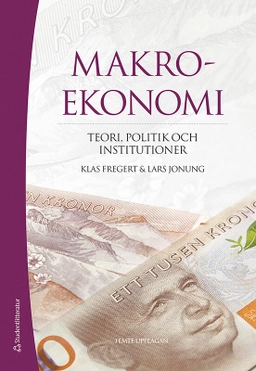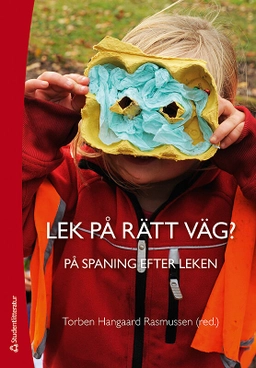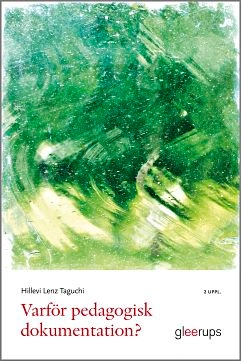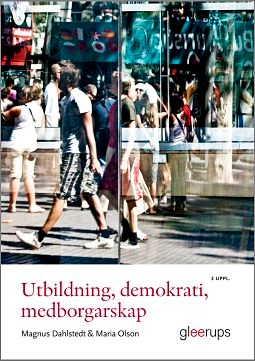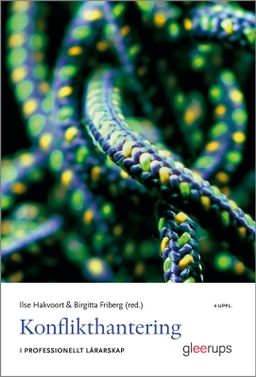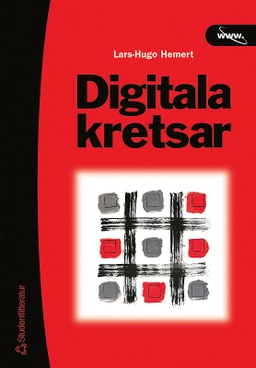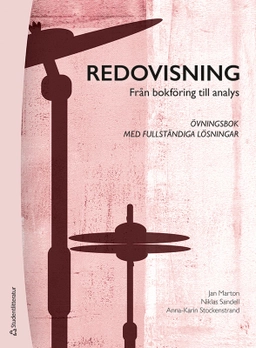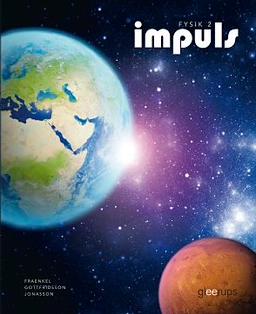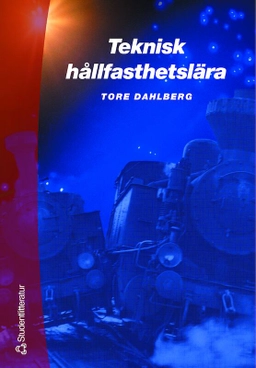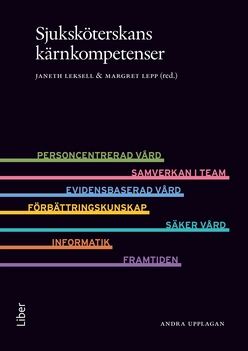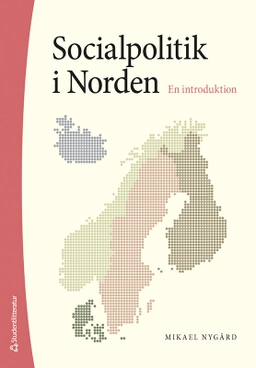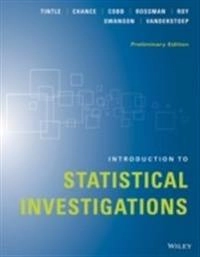

Introduction to Statistical Investigations, Preliminary EditionUpplaga 1
- Upplaga: 1a upplagan
- Utgiven: 2014
- ISBN: 9781118956670
- Sidor: 1368 st
- Förlag: John Wiley & Sons
- Format: Häftad
- Språk: Engelska
Om boken
Åtkomstkoder och digitalt tilläggsmaterial garanteras inte med begagnade böcker
Mer om Introduction to Statistical Investigations, Preliminary Edition (2014)
I november 2014 släpptes boken Introduction to Statistical Investigations, Preliminary Edition skriven av Nathan Tintle, Beth L. Chance, George W. Cobb. Det är den 1a upplagan av kursboken. Den är skriven på engelska och består av 1368 sidor. Förlaget bakom boken är John Wiley & Sons som har sitt säte i Hoboken.
Köp boken Introduction to Statistical Investigations, Preliminary Edition på Studentapan och spara pengar.
Referera till Introduction to Statistical Investigations, Preliminary Edition (Upplaga 1)
Harvard
Oxford
APA
Vancouver


